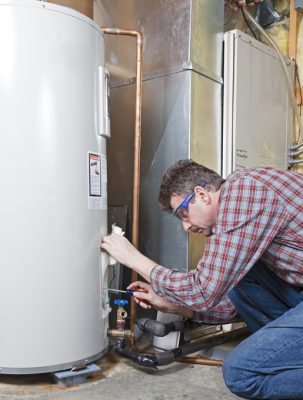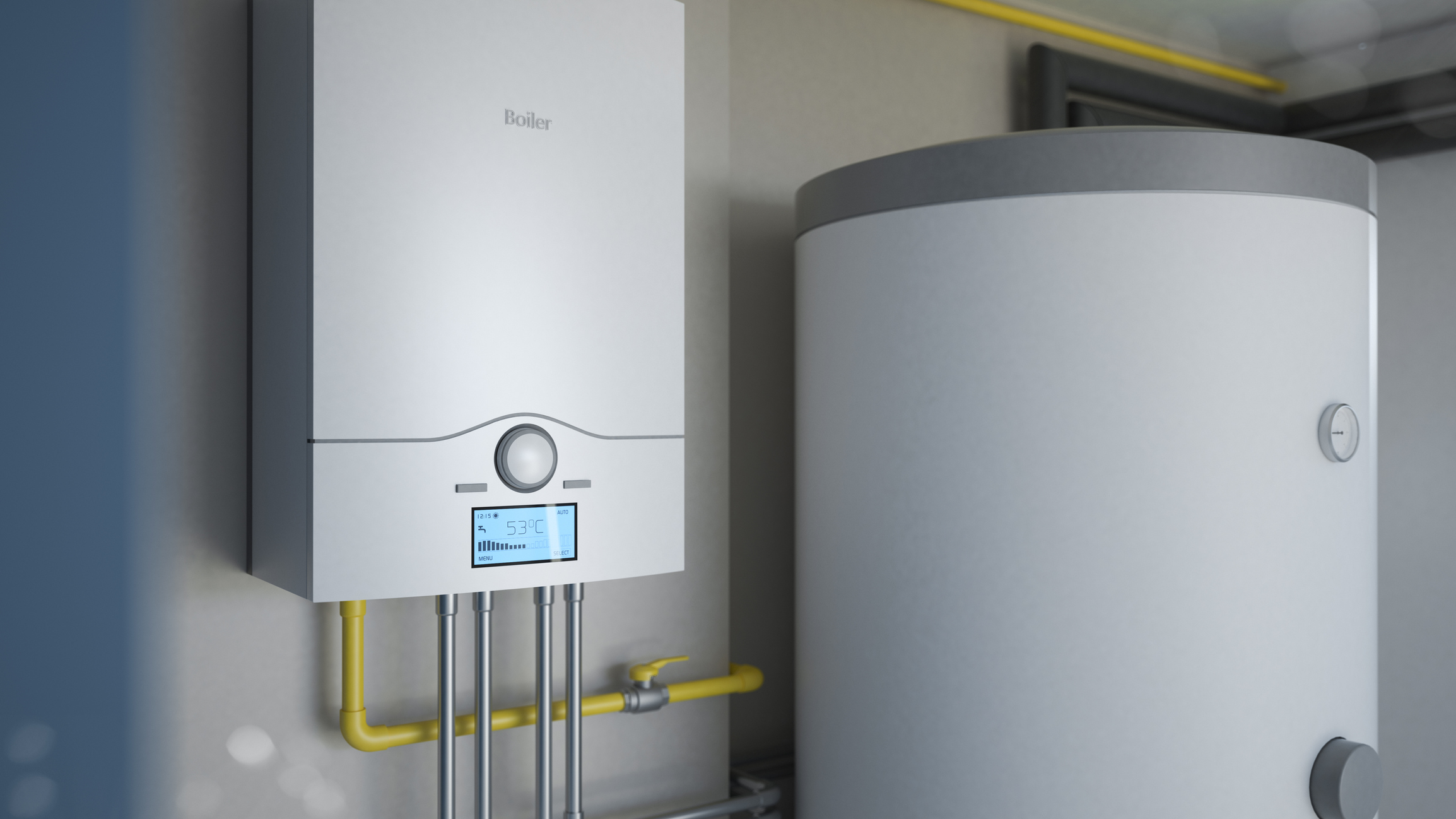Effective Methods to Care for Your Home's Hot Water System Successfully
Effective Methods to Care for Your Home's Hot Water System Successfully
Blog Article
Presented here on the next paragraphs you can discover a good deal of outstanding information and facts on the subject of How to Maintain a Hot Water Heater in a Few Simple Steps.

Warm water is vital for day-to-day comfort, whether it's for a revitalizing shower or cleaning recipes. To ensure your warm water system runs successfully and lasts much longer, normal maintenance is crucial. This write-up provides functional ideas and insights on how to keep your home's warm water system to avoid interruptions and pricey repair services.
Introduction
Keeping your home's warm water system could seem challenging, but with a few straightforward steps, you can ensure it runs efficiently for years to find. This overview covers everything from comprehending your warm water system to DIY maintenance ideas and recognizing when to call in expert assistance.
Relevance of Maintaining Your Hot Water System
Routine upkeep not just expands the lifespan of your hot water system however likewise guarantees it runs successfully. Neglecting upkeep can lead to reduced effectiveness, greater power costs, and also premature failure of the system.
Signs Your Hot Water System Needs Maintenance
Understanding when your hot water system needs interest can protect against significant issues. Look out for signs such as inconsistent water temperature, strange noises from the heater, or rusty water.
Flushing the Water Heater
Flushing your water heater removes debris build-up, boosting performance and lengthening its life.
Monitoring and Changing Anode Rods
Anode poles stop deterioration inside the tank. Examining and replacing them when worn is vital.
Complicated Problems Requiring Expert Assistance
Instances consist of significant leakages, electrical problems, or if your water heater is continually underperforming.
Regular Professional Maintenance Benefits
Expert maintenance can consist of thorough evaluations, tune-ups, and guaranteeing compliance with security requirements.
Examining and Changing Temperature Settings
Readjusting the temperature level settings ensures optimal efficiency and security.
DIY Tips for Upkeep
You can execute a number of maintenance tasks on your own to keep your hot water system in leading condition.
Looking for Leakages
Routinely examine pipelines and connections for leakages, as these can result in water damage and greater bills.
Comprehending Your Warm Water System
Before diving right into maintenance jobs, it's valuable to understand the fundamental components of your warm water system. Generally, this consists of the water heater itself, pipelines, anode rods, and temperature controls.
Regular Monthly Upkeep Tasks
Normal regular monthly checks can help capture minor concerns prior to they escalate.
Examining Stress Alleviation Valves
Evaluating the stress relief valve guarantees it functions properly and avoids too much pressure build-up.
Insulating Pipelines
Insulating hot water pipelines reduces warmth loss and can conserve energy.
When to Call a Professional
While do it yourself maintenance is useful, some issues need expert experience.
Conclusion
Normal maintenance of your home's hot water system is important for effectiveness, durability, and price savings. By adhering to these ideas and understanding when to seek specialist help, you can guarantee a dependable supply of hot water without unforeseen interruptions.
Water Heater Maintenance: The Basics
Maintaining your water heater will ensure it operates efficiently and has a longer lifespan. Neglecting regular maintenance can lead to costly repairs and an even bigger chunk of your savings if you have to replace it sooner than necessary. But there’s good news: Most water heater maintenance tasks are relatively simple and easy for homeowners with basic DIY skills.
Flush the Water Heater
Over time, sediment and minerals can build up in the tank, reducing its efficiency and potentially causing damage. To flush the tank, turn off the power or gas supply, attach a hose to the drain valve near the bottom and open the valve to drain the water until it runs clear. Ideally, flush the tank annually.
Replace the Anode Rod
The anode rod is a sacrificial metal rod that helps prevent corrosion inside the tank. Inspect and replace it every three to five years or per the manufacturer's recommendation. To replace the anode rod, turn off the power or gas supply, drain a few gallons of water from the tank, unscrew the old rod and replace it with a new one. If the anode rod is significantly corroded or covered in calcium buildup, it's a sign the water heater may need to be replaced soon.
Tune-Up
A yearly tune-up can help identify potential issues and ensure your water heater operates at peak efficiency. This typically involves checking the thermostat, burner assembly (for gas heaters) and any other components specified by the manufacturer. During a tune-up, the technician may also clean the burner and adjust the pilot light (for gas heaters) or examine the heating elements (for electric heaters).
How to Maintain Your Water Heater
Insulate the tank. Insulating the tank can improve energy efficiency and reduce heat loss, saving you money on energy bills. You can purchase precut insulation blankets designed specifically for water heaters or use standard fiberglass insulation wrapped securely around the tank. Check the temperature. The recommended water temperature for most households is around 120 degrees Fahrenheit (49 degrees Celsius). Higher temperatures can increase energy costs and potentially cause scalding. Use a kitchen thermometer to check the temperature at the faucet nearest the water heater. Monitor water pressure. Excessive water pressure can strain the water heater and cause leaks or even tank failure. Install a pressure-reducing valve if necessary. The ideal water pressure range is between 60 and 70 PSI (pounds per square inch). Test the temperature and pressure (T&P) relief valve. The T&P relief valve is a safety feature that releases pressure if the tank gets too hot or the pressure builds up too high. Test it annually by lifting the lever and allowing a small amount of water to release. Replace the valve if it doesn't release water or reseal properly. Check for leaks. Regularly inspect the tank, pipes and fittings for leaks or corrosion. Deal with issues promptly to prevent further damage. Even a small leak can lead to significant water damage over time. Consider a tankless water heater. If your traditional tank-style water heater is nearing the end of its lifespan ( typically 10 years), consider replacing it with a tankless water heater. These units heat water on demand, reducing standby energy losses and potentially saving you money on your energy bills. Schedule professional maintenance. While homeowners can perform many water heater maintenance tasks, it's still a good idea to schedule professional maintenance every few years. A plumber or HVAC technician can thoroughly inspect the unit, identify potential issues and ensure it operates safely and efficiently. https://www.homeserve.com/en-us/blog/home-improvement/hot-water-heater-maintanence/

We had been introduced to that editorial about Water Heater Maintenance Tips You Can't Afford to Forget through a pal on our other blog. Sharing is good. You just don't know, you may be doing someone a favor. Thanks so much for going through it.
Suggested Site Report this page